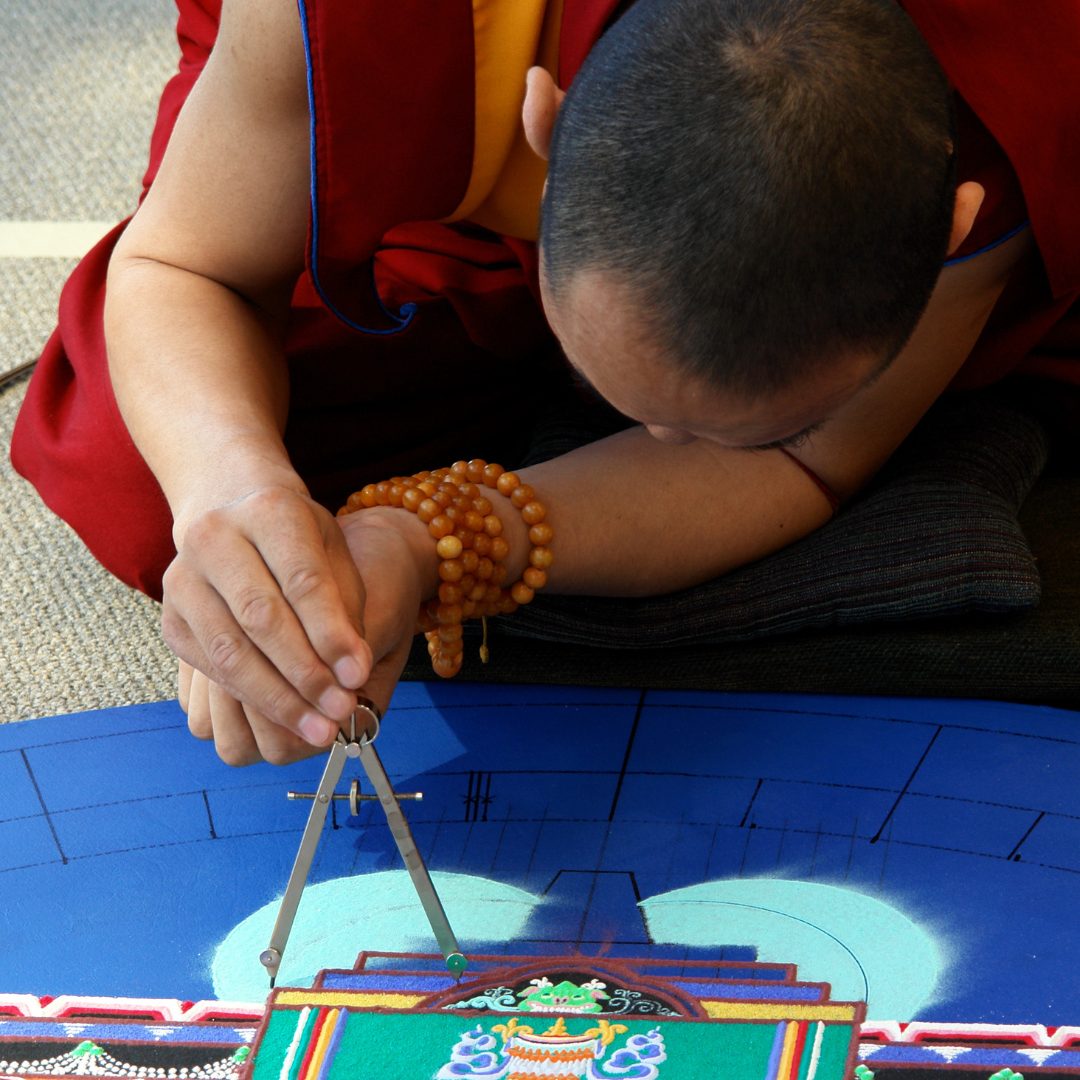The Kitchen that Reconnects. Part III
How can the kitchen become the playground to practice the “work that reconnects” during midlife transition?
As I shared in the last two posts, I got deeply inspired by Joanna Macy and her work in the last 40 years. Studying and practicing that model helped me to touch life again. As the years passed and the kitchen became more than a place to transform food, I realized that bringing the “work that reconnects” into the kitchen, becomes a realistic practice of experiencing the spiral model: gratitude, honoring the pain, seeing with new eyes, and going forth.
We practice gratitude in the kitchen every time we touch the raw ingredients, gratitude for everybody involved in having those ingredients at the table: the farmers, the distributors, the intermediaries, the sellers. We are grateful for having the kitchen as a space for transformation and grateful for having hands to transform the ingredients.
Then, we honor the pain of our unwillingness to cook, due to a physical or emotional discomfort, laziness or busyness. We open space for a deep breath to remember that whatever simple food we prepare at home is far better than any takeaway we can order. We remember to ourselves the goodness of homecooked meals, especially during our menopause.
With easiness, we take a second breath, and realistically ask ourselves: what can I cook to nourish myself? Am I up for cooking something complicated?, or do I better go with something simple and quick?, what is best for me at this moment? You will see along the way if you change your mind. Whatever you decide, put your apron on, and if you live with family ask for help. The most important point is to put your hands to work. Allow yourself to connect with the people involved to bring these ingredients to you while you respectfully transform the ingredients. Feel the connection through your skin, your muscles, your bones, your essence.
As soon as you start cooking, you will notice a change of perspective, a change in your mood, and an energy of self-care that develops internally. You feel empowered and accountable for your wholeness. Now you see your current situation with new eyes. You leave behind the temptation to spend your time in meaningless activities that leave you empty like ordering a takeaway and waiting for the delivery surfing unhealthy information through the internet. The pains, the sadness, the feelings of loneliness, or whatever was there before take a new shape. There is still darkness but is a profound darkness. You nourish yourself even in the most difficult moments. This is where the real value of cooking is. Is not about what you prepare, but what you transform in the fire. This stage is crucial in times of struggle during menopause.
After, you go forth and with some clarity, you understand that during the sunny days, you take some of this energy to prepare in advance some batches of food to make your life easier during the most difficult times, when there is no willingness to cook. During those sunny days, you cook abundantly and dance with grace in the kitchen, knowing that another wave of darkness will come and that you are equipped to face it by doing your best.
Life-Death-Life Cycle
An ancient Tibetan Buddhist custom involves making geometric outlines made from colored or dyed sand called Sand Mandala. It signifies the human journey from ignorance to Buddhahood (a state of perfect enlightenment) and is a sacred act with deep philosophical and symbolic meaning. Making one mandala takes hours or days. In the end an impressive piece of art, one that we might want to preserve for life.

However, when the mandala is completed and the ceremonies and public viewings are over, the mandala is intentionally destroyed by sweeping the sand to the side. This signifies the law of impermanence – that nothing lasts forever, and everything is in constant change. The sand is then sometimes thrown into a river so that the sacred sand will be dispersed far and wide. I remember 10 years ago when I saw for the first time a Buddhist Monk finishing a mandala and later witnessing the destruction. I couldn’t understand why he did that. He could leave it for a couple of days at least, I thought. I understand now how much attachment I had at that time.
When we cook our meals, we create our mandala and we practice the intended meaning of it: we peel, we chop, we cook, we eat, we wash the dishes, and next time we start again. The food we cook isn’t timeless, isn’t eternal; and the food isn’t prepared by itself. Every time we want to eat, we might start the process of cooking again. Day after day we are participants in this life/death/life cycle, we live it, we understand it. Something we sadly missed when handing over this responsibility to others.

That is how the kitchen brings us back to life. This is the “Kitchen that Reconnects”.
Before reflecting further on the kitchen that reconnects, place your hands in your belly and focus your mind on the rising and falling. After, ask yourself: What do I want to cook in my Kitchen that Reconnects?
